We started the month strong with sightings of the ever elusive beaver! Yes, it was my first time seeing a live beaver in my entire life. Partnering up again with the wildlife and fisheries crew, we aided them with a beaver trapping project.
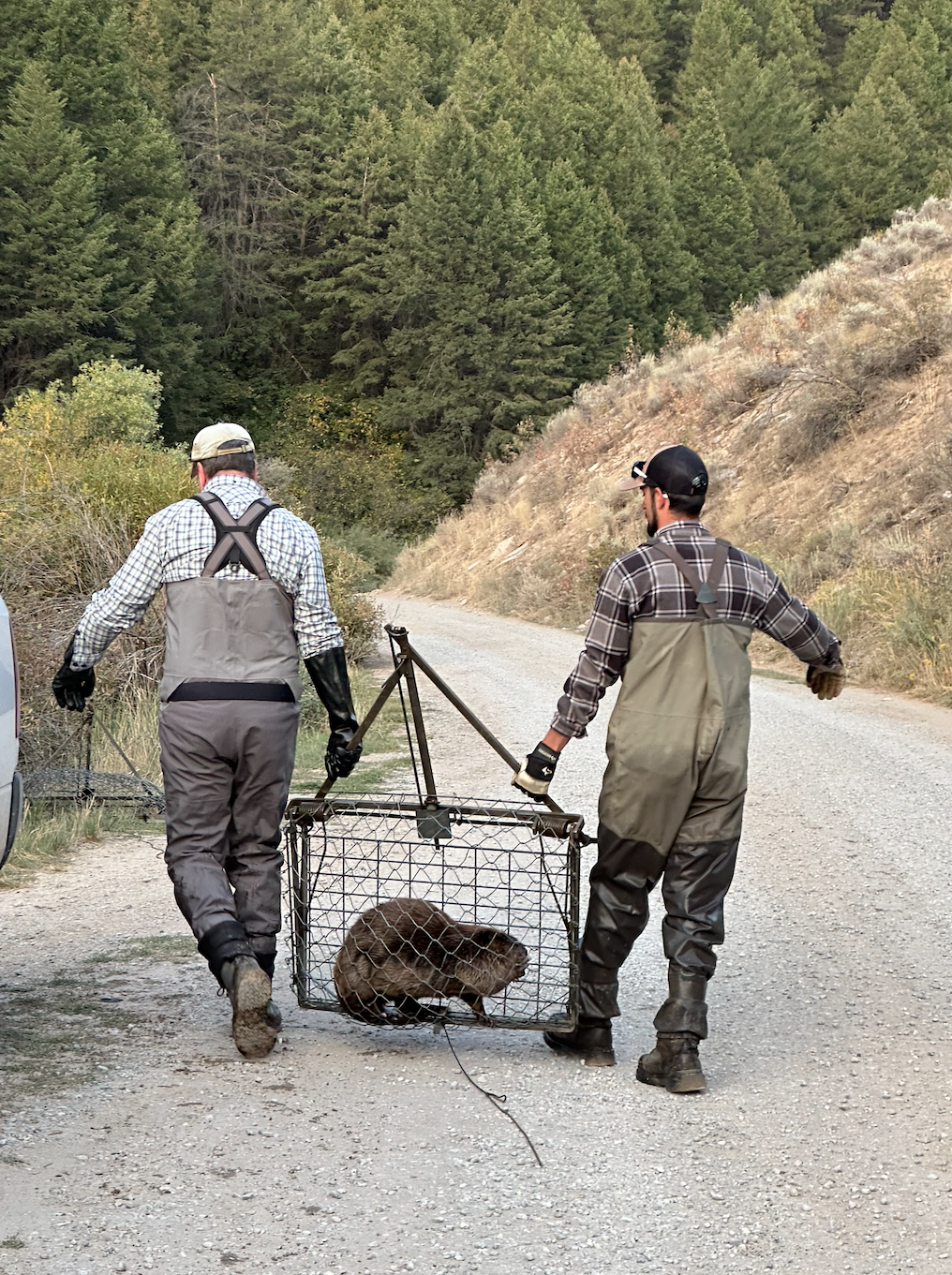
The trapping projects involved relocating a beaver family consisting of a parent/adult pair, sub-adults (first litter), and kits (second litter), from areas where their presence may disrupt recreational activities in forested areas. Examples of disruption include flooding of roads or trails which often to lead complaints. Instead of letting the public take it into their own hands, which happens often enough, the wildlife crew will aim to trap the entire family and relocate them to a more a suitable area in need of “ecosystem engineers.”
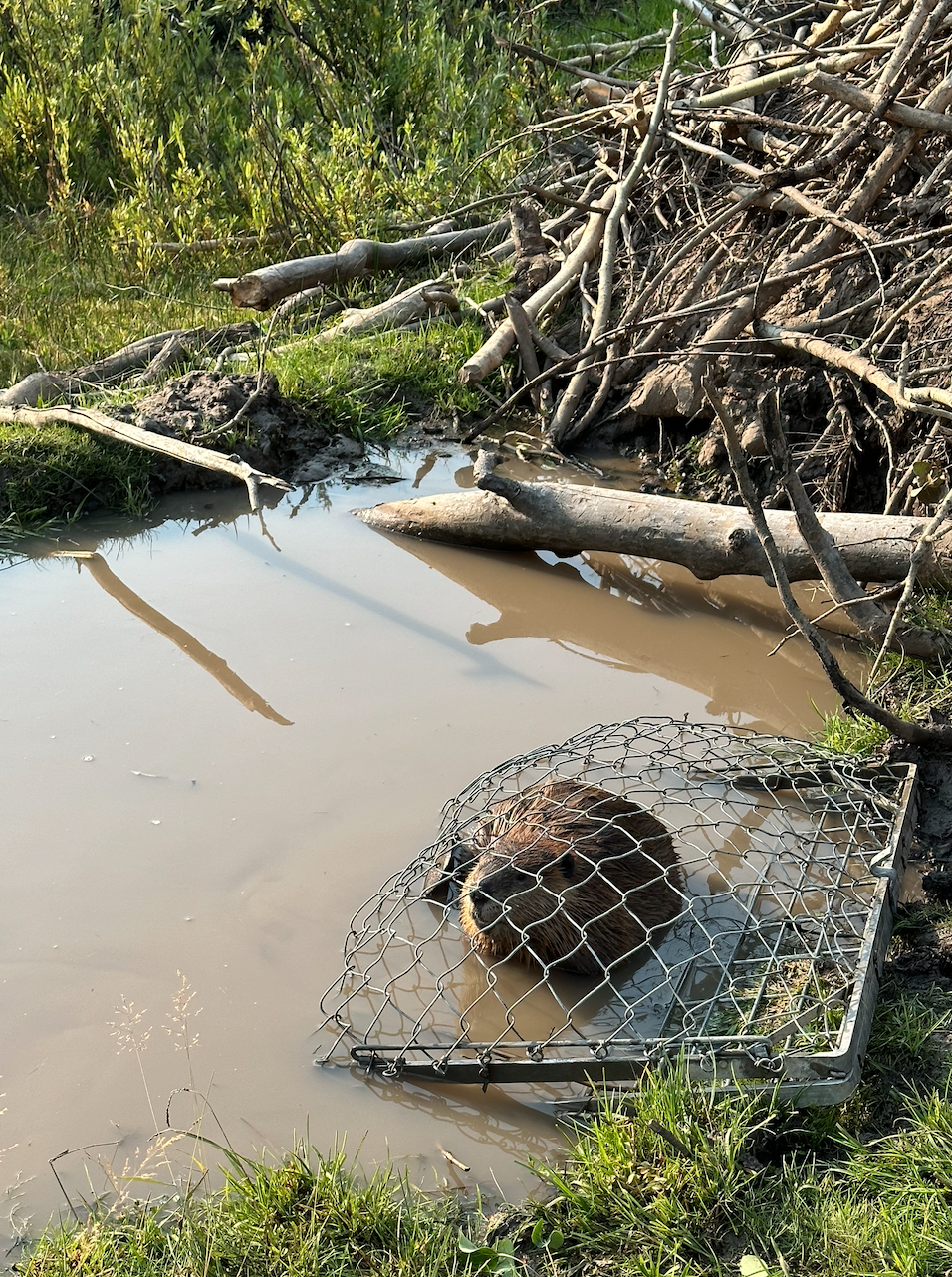
Traps are set the day before with aspen and castor lures, as the beavers are diurnal. The lure, which has a distinct root beer-like scent, tricks the beavers into believing that a new beaver is near their territory. When the beavers investigate, they’re trapped overnight, followed by an early morning pickup to minimize their time in the trap.
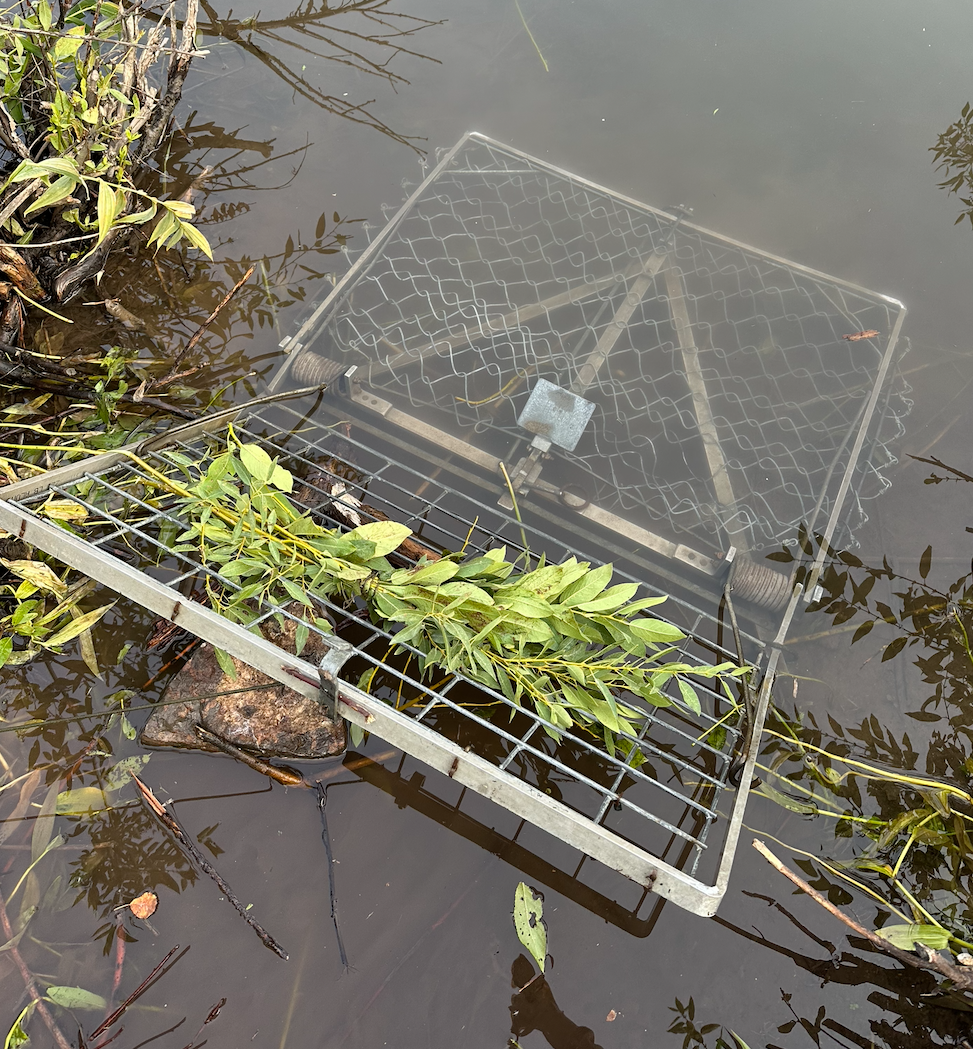
Prior to relocation, the beavers are taken to a facility that “processes” them. Measurements of beaver health are taken and recorded. Fun fact: What ice cream is to humans, aspens are to beavers! So we collected a ton of fresh branches for the beavers to munch on while in captivity.
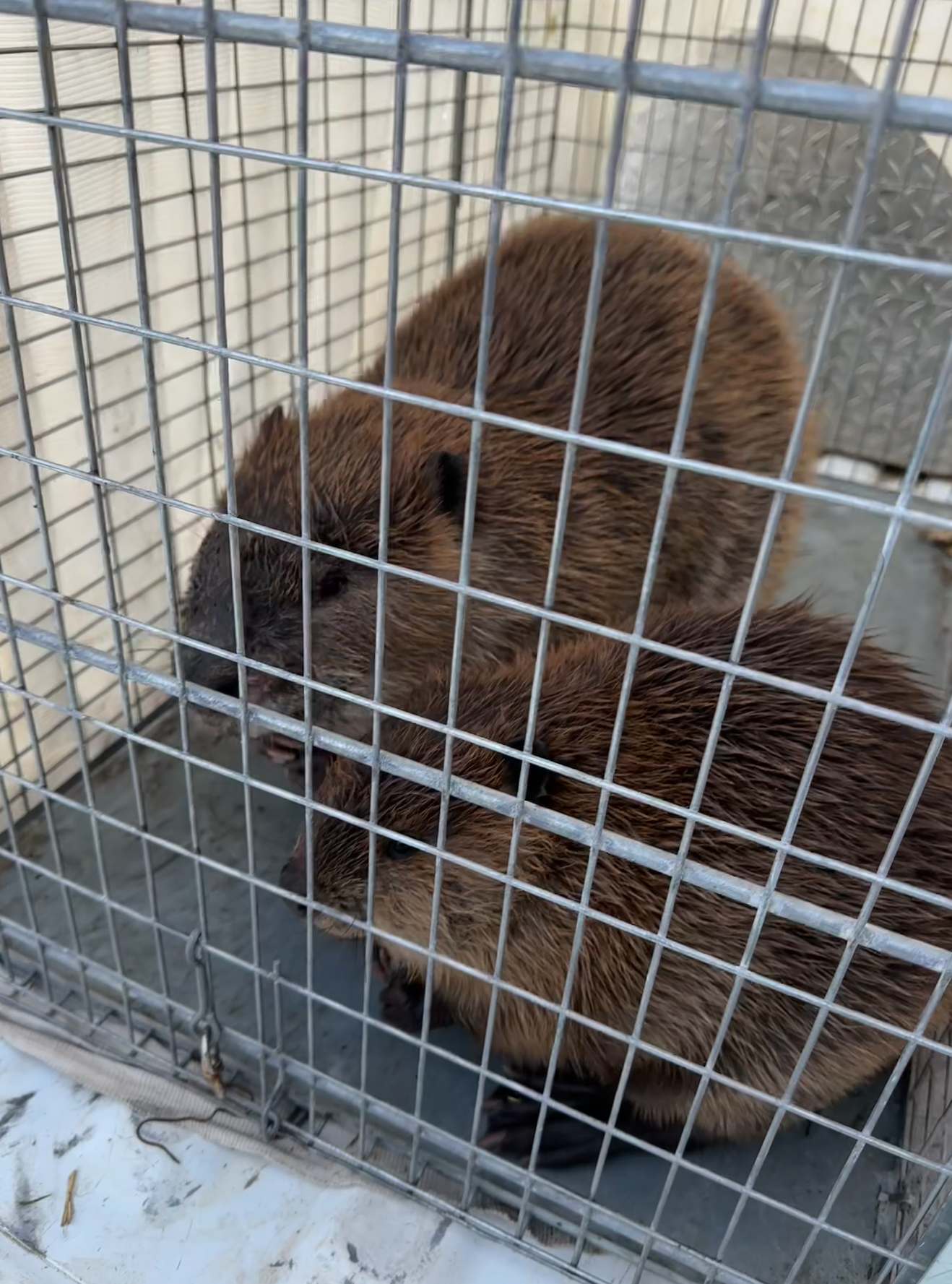
This was another great learning experience in which I realized that I am definitely in the right department. Although I know it’s for a good cause and the wonderful people running the programs and facilities are so kind and careful, I had a hard time transporting the exhausted beavers in traps. Watching them get their stats recorded and then hoping they would eventually calm down in captivity was rough, to say the least. When they’re extremely terrified, they’ll chatter their teeth and just look so exhausted from attempts to escape the traps overnight.
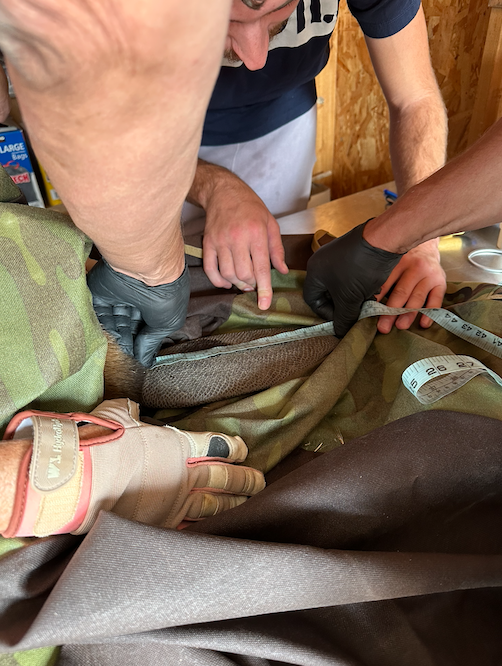
One might wonder “Why keep them in a facility. Why not just take them to the new location?” Well, doing so would be a good way to transport and spread disease, aquatic flora, and other risks to new areas we don’t want them to be in. So the beavers are monitored and fed during their stay while they clean and clear their systems
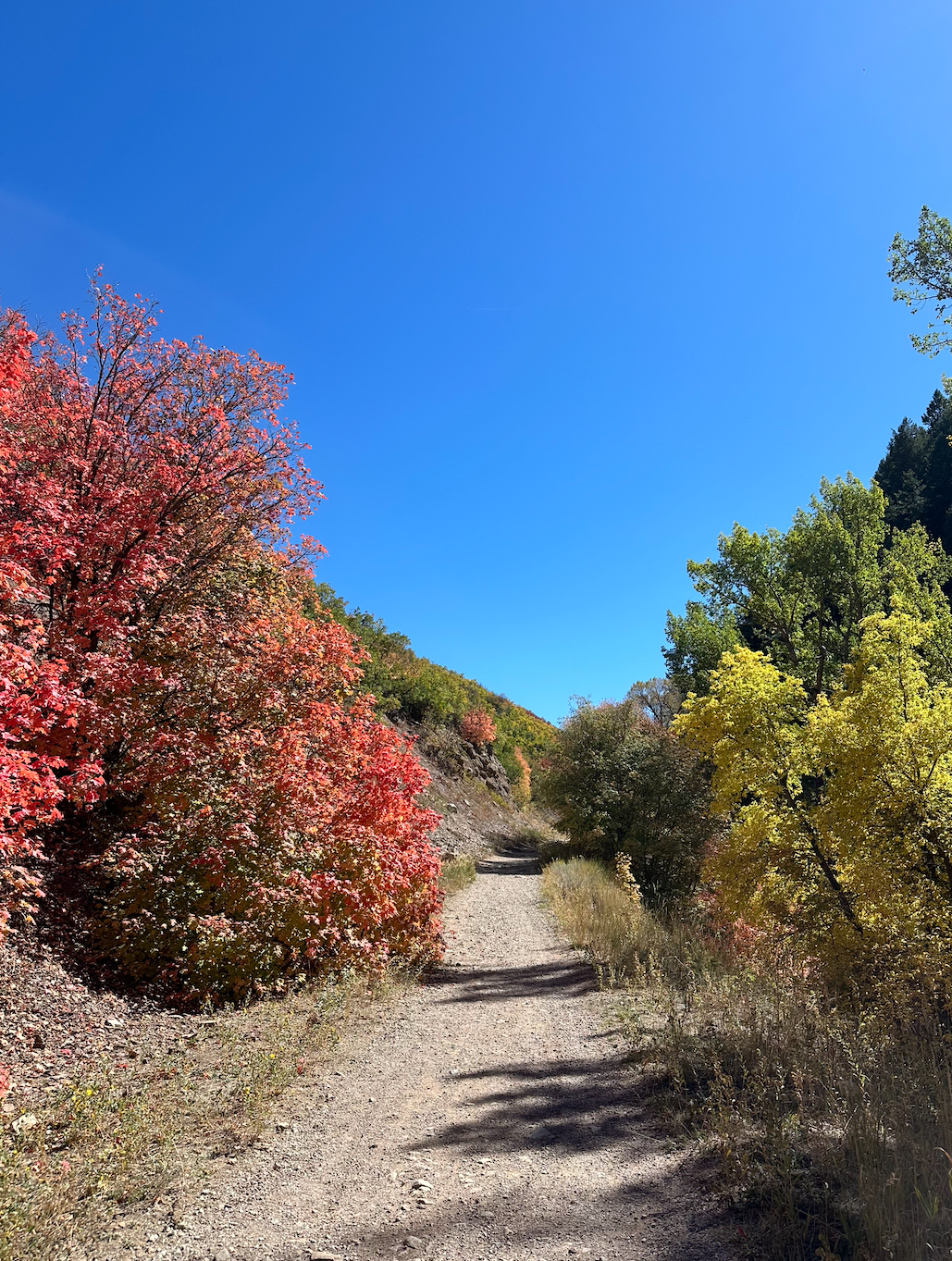
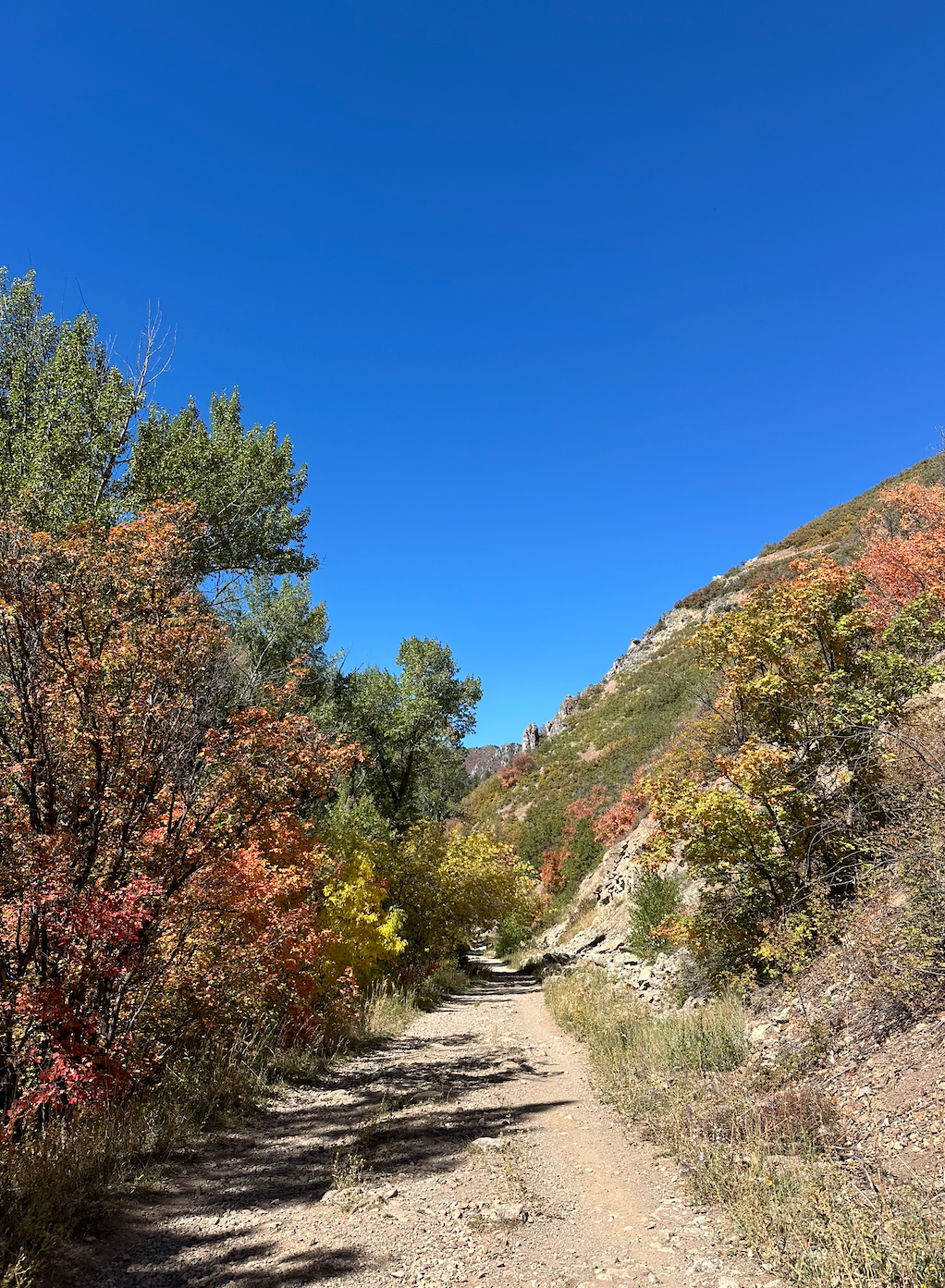
That was a lot of beaver talk but, not to worry, we are still prioritizing our Native Plant Material projects. As the season nears its end and we finish up with our planned collections, we’ve found that we are lacking populations to collect from. We’ve started conducting opportunistic collections, approved by our mentor, of native plants that serve ecological value such as milkweed, sagebrush, and coneflowers. I’m sure I say this in every post, but the field season truly does fly by. It’s strange yet wonderful to see the color changes occurring so quickly throughout the canyons and subalpine areas that were just deep green a few weeks ago.

Within the botany department, we’ve also had the opportunity of assisting one of the botany technicians with executing invasive species projects. Simply put, spraying weeds. If you weren’t already familiar with the invasive and noxious weeds in your area, this is a great way to get REAL familiar with them. The most challenging part about this task is avoiding becoming an aid to the invasion by becoming a disperser! Invasive species at the sites we visited included: Common mullein – Verbascum thapsus; Canada thistle – Cirsium arvense; Yellow Star-thistle – Centaurea solstitialis; Curly Dock – Rumex crispus; Dyer’s woad – Isatis tinctoria; and Common burdock – Arctium minus.
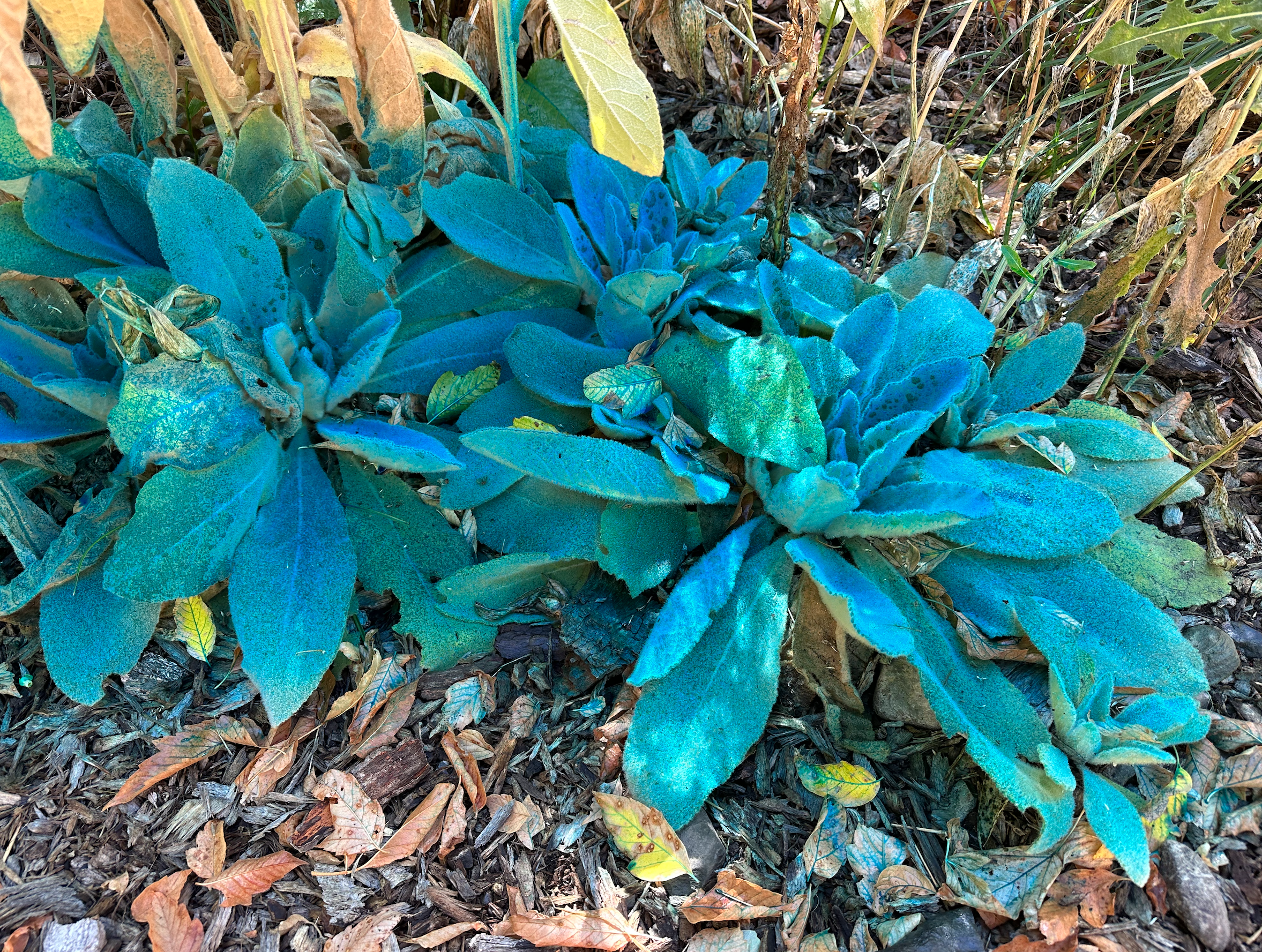
Earth, wind, and a lot of fire. That pretty much sums up this past month. Utah has received awful air pollution from nearby fires. On the other hand, our mentor was often called out on fire assignments. Fortunately, or maybe unfortunately, my co-intern and I weren’t able to help with fire assignments as we aren’t fire certified. Hearing our mentor’s experiences on her returns were intriguing since we got to learn how the department with the largest funding in the forest service is run. I’d like to learn more about the fire department and how botanists and ecologists play a role in it. On that note, I hope everyone is doing well and stay safe out there!
